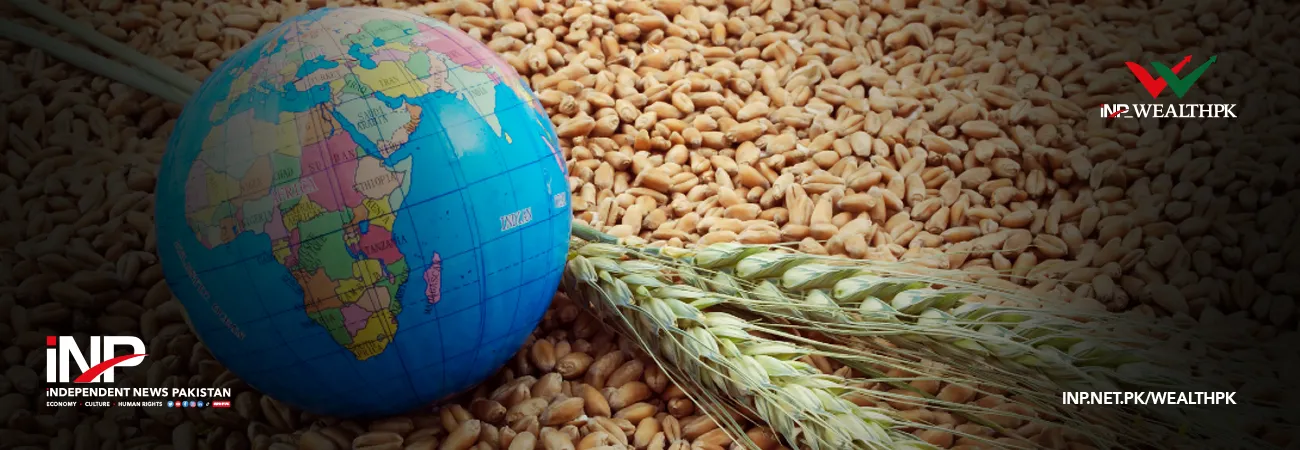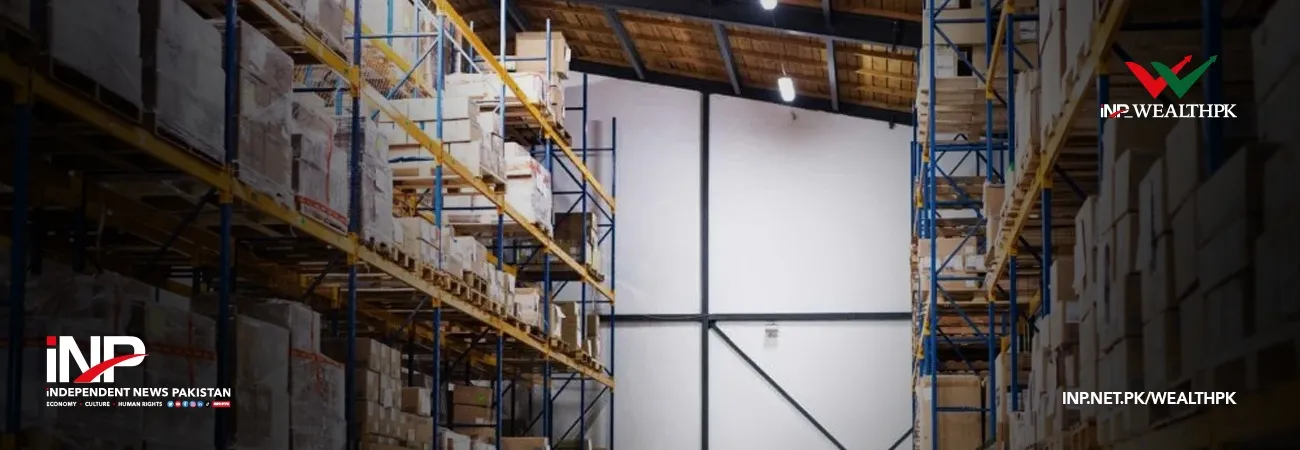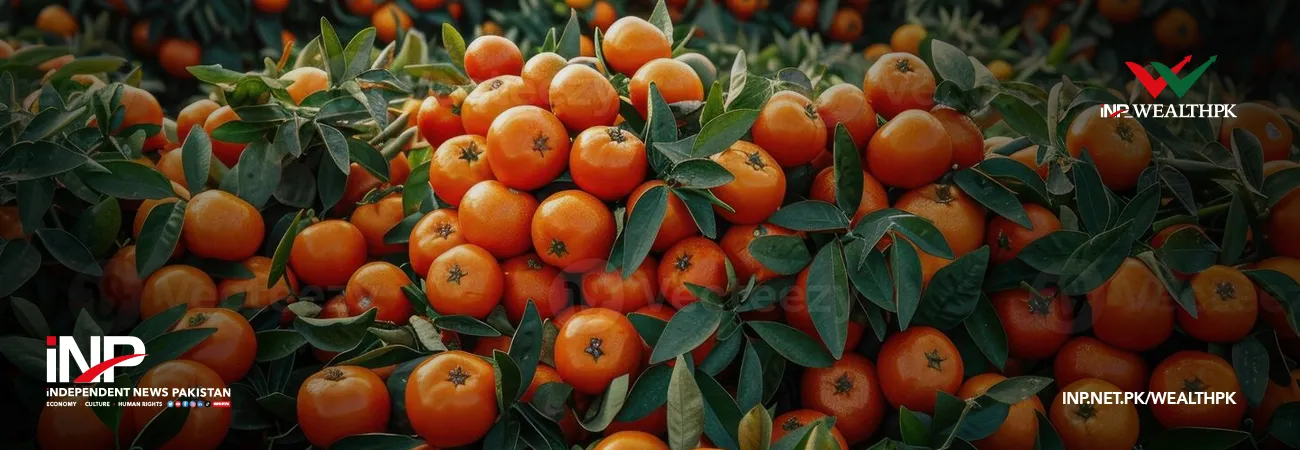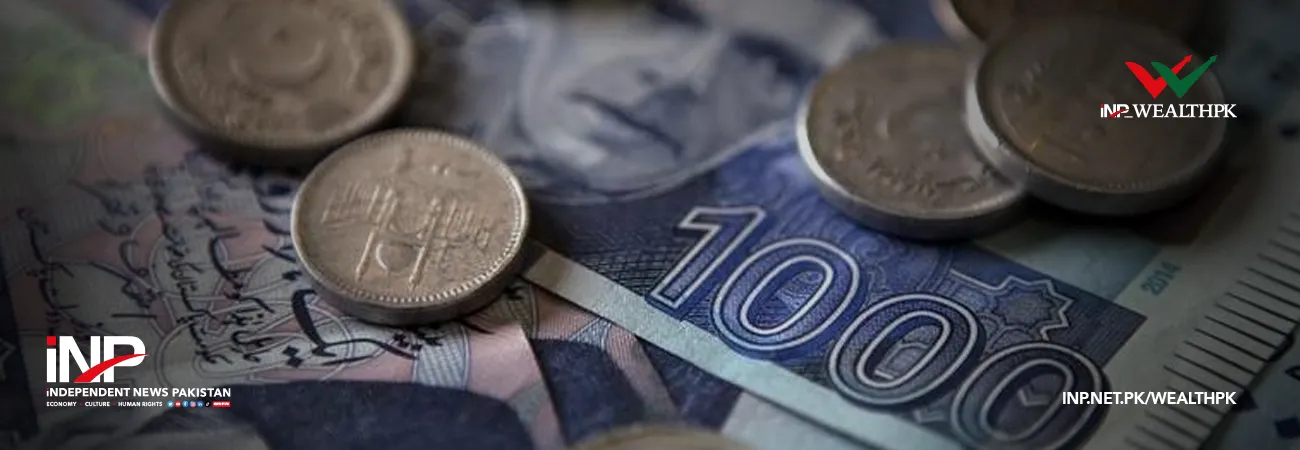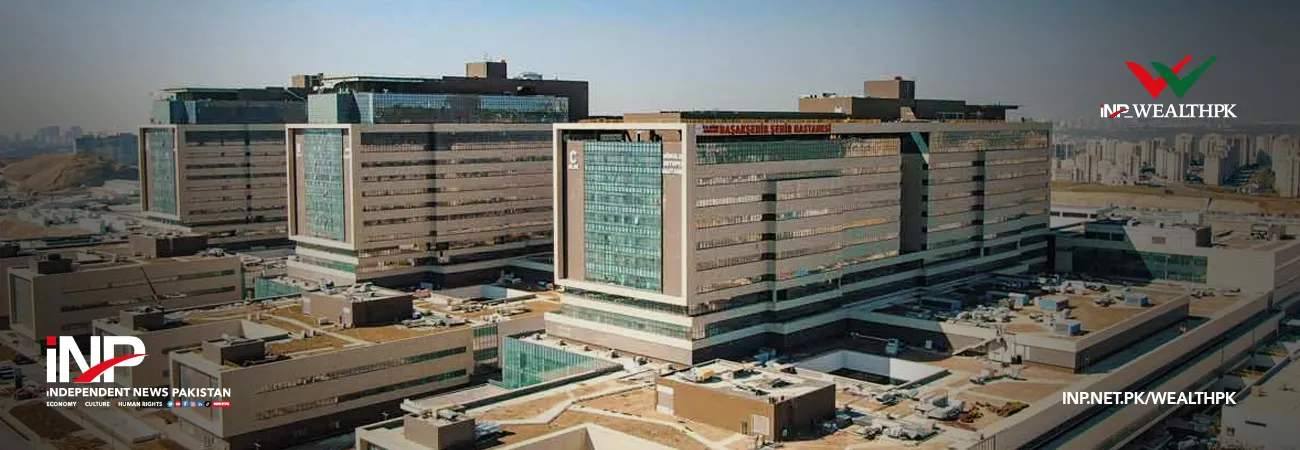INP-WealthPk
Arooj Zulfiqar
The skyrocketing costs of fertilizers pose a grave threat to Pakistan’s agricultural sector and its economy, reports WealthPK. During H1-FY23, fertilizer offtake remained much lower for Kharif compared to the last year. Urea and DAP offtake contracted by 1.3 and 44.7 percent respectively, as compared to the last year. (Figure 2.4a and 2.4b).
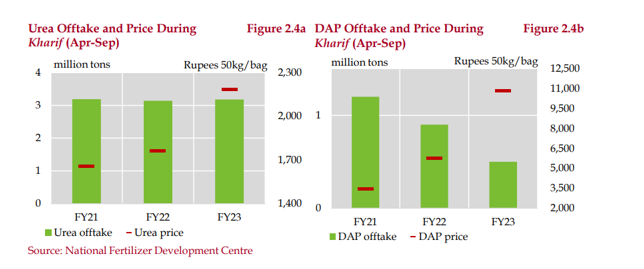
The decline in fertilizer offtake can be attributed to lower demand from farmers, as the agricultural land remained inundated during the Kharif season. Furthermore, since Pakistan imports much of its DAP, the domestic prices follow trends in the market internationally. A confluence of factors, such as production cutbacks in ammonia and supply disruptions due to the Ukraine crisis, increased the prices. The prices of urea also increased due to the increasing cost of production but the offtake did not witness a significant decline, as urea still remained relatively affordable compared to DAP. To encourage production, subsidy disbursements to the fertilizer sector increased to Rs6.7 billion in H1-FY23, up from Rs6 billion in H1-FY22.
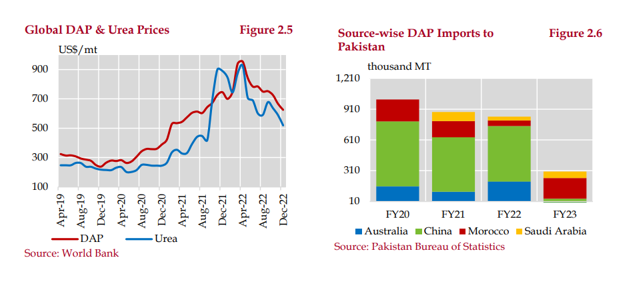
“The agricultural sector in Pakistan, which contributes approximately 22.9% to the country’s GDP, is currently facing a significant challenge due to the skyrocketing prices of fertilizers. This surge in prices is having a stifling effect on the agricultural growth, leading to a shrinkage in offtake,” said Bilal Iqbal at the National Agricultural Research Centre (NARC). “The nutrient and mineral content of fertilizers is crucial to the growth of crops,” he said. “Wheat, cotton, rice, sugarcane, and vegetables are Pakistan's main agricultural crops. Wheat especially requires fertilizers in rich amounts than other crops. Fertilizers increase soil fertility, thus boosting yield and profit. Without utilization of crop supplements, development of plant and crop yield will decrease significantly,” he said.
“As the cost of fertilizers continues to rise to unprecedented levels, this alarming trend has sent shockwaves through the farming community, posing a severe threat to food security and economic stability,” he said. “The surge in fertilizer prices can be attributed to several domestic and international factors. First and foremost, the global increase in the prices of raw materials used in fertilizer production has had a direct impact on Pakistan's fertilizer market. The rising costs of natural gas, a key input in fertilizer manufacturing, have made it increasingly difficult for the local producers to maintain affordable prices,” he explained.
“Domestic factors, such as energy shortages and inefficiencies in fertilizer production, have compounded the issue. Inconsistent power supply and inadequate infrastructure have increased production costs, which are inevitably passed on to end consumers – farmers,” he said. “Therefore, the off-take of fertilizers has seen a noticeable decrease, as farmers either reduce the application of fertilizers or switch to lower-cost alternatives, which often yield suboptimal results.
This shift not only impacts crop yields but also affects the overall quality of produce,” he said. “To address this crisis, a multi-pronged approach is urgently needed. Firstly, the government must take immediate steps to mitigate the impact of rising fertilizer costs on farmers. This could involve subsidies or targeted support to ensure that essential fertilizers remain affordable. Secondly, measures to improve energy supply and infrastructure must be prioritized to reduce production costs for local fertilizer manufacturers,” he added.
Credit: INP-WealthPk



